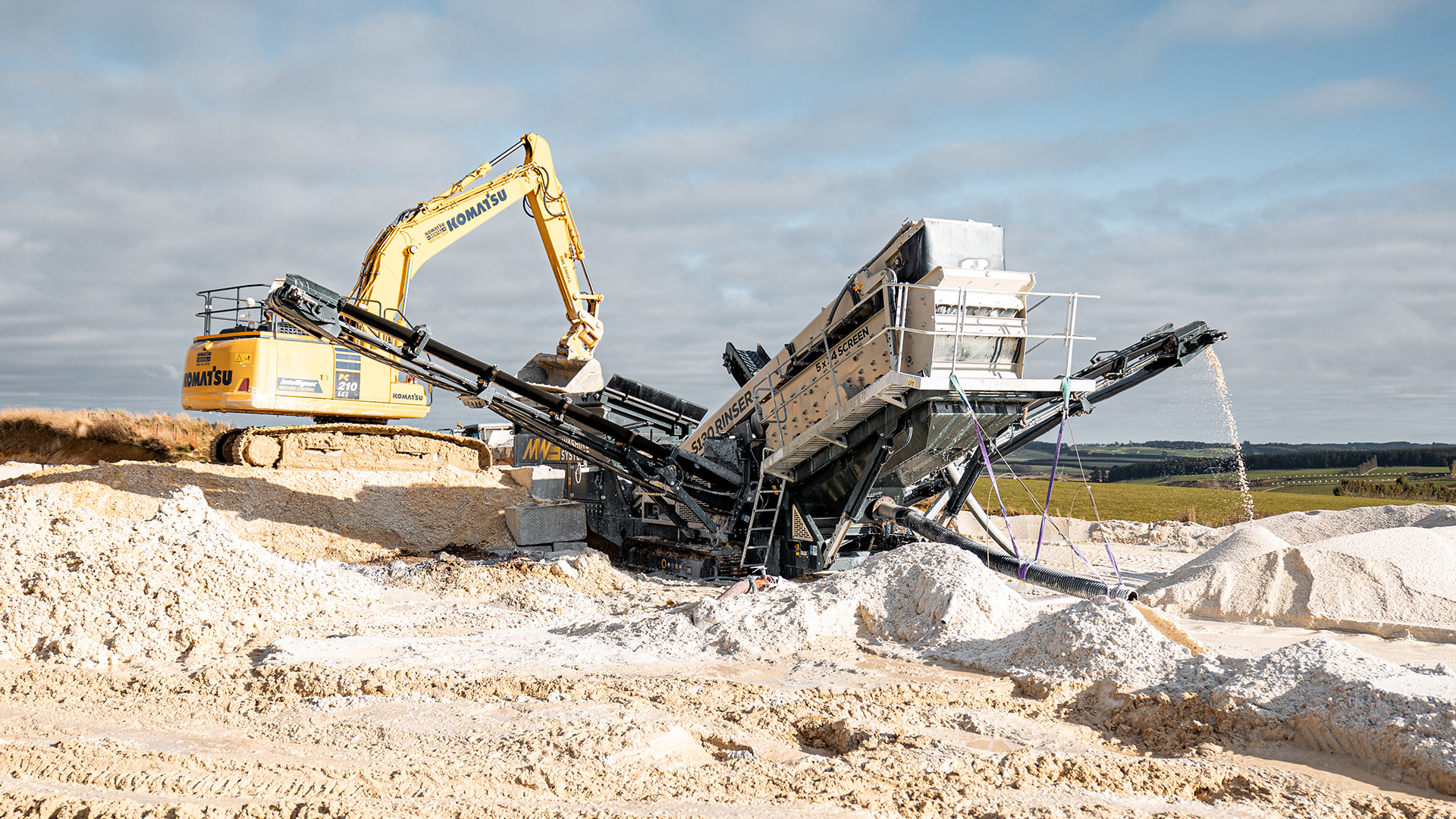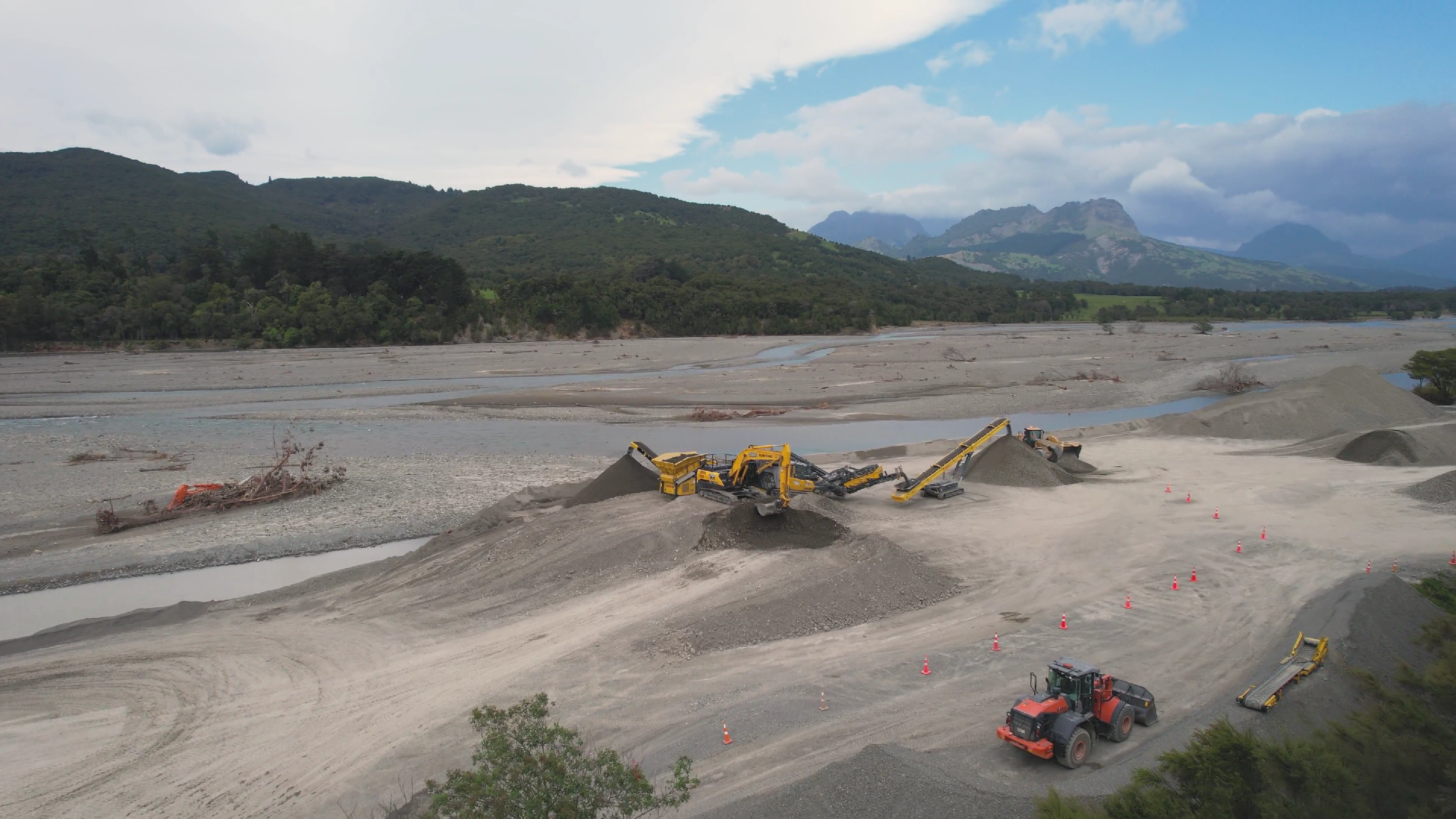What does this Swimming Pool and Golf Course have in common?
Both use a particular aggregate product found only in Southland NZ. Known as the "Whitest Stone" in the world, this 'Arctic White' material has unique properties that make it internationally sought after.

ISA, or International Specialty Aggregates, was formed 20 years ago after the discovery of the world's whitest naturally occurring material.
Watch the Case Study Video
What does the Whitest Aggregate in the world get used for?
Premium swimming pool linings. Discovered over 20 years ago, the material was then found to be ideal for the lining of swimming pools as an alternative to paint and tiles. The Arctic White material gives water a brilliant aqua blue colour whilst the pool lining itself is bright white.

This little bit of New Zealand has found itself in high-end pools across the world, with primary markets in America, Europe and Australia. In fact, Richie Sutherland, International Specialty Aggregates Quarry and Operations Manager, says ISA products have been used in many prominent celebrities pools worldwide.
Of the over 20 products produced at ISA's processing and packaging plant, the 1-2mm Arctic White product is their primary seller.
What is it that makes it so unique? It's composed mainly of silica with very low traces of other minerals that could discolour it; it's like an opaque glass pebble of pure white. But unlike glass, it has a soft to the touch composition and does not lock together like regular aggregates; in fact, when viewed in large quantities, one would think they were looking at and walking on snow.

Where does the golf course come in? An enquiry led to a slew of tests by the golf course being initiated to determine its 'fluffiness' and suitability as a bunker material. The material passed the lab tests and then went through practical testing by high ranking members; those same members are part of the Golf Masters Tournament clubs.
The Products
ISA's products are screened, crushed, screened, dried and screened again to produce the strictest sizing and shape seen in an aggregate material. Their product range covers size, colour and shape.
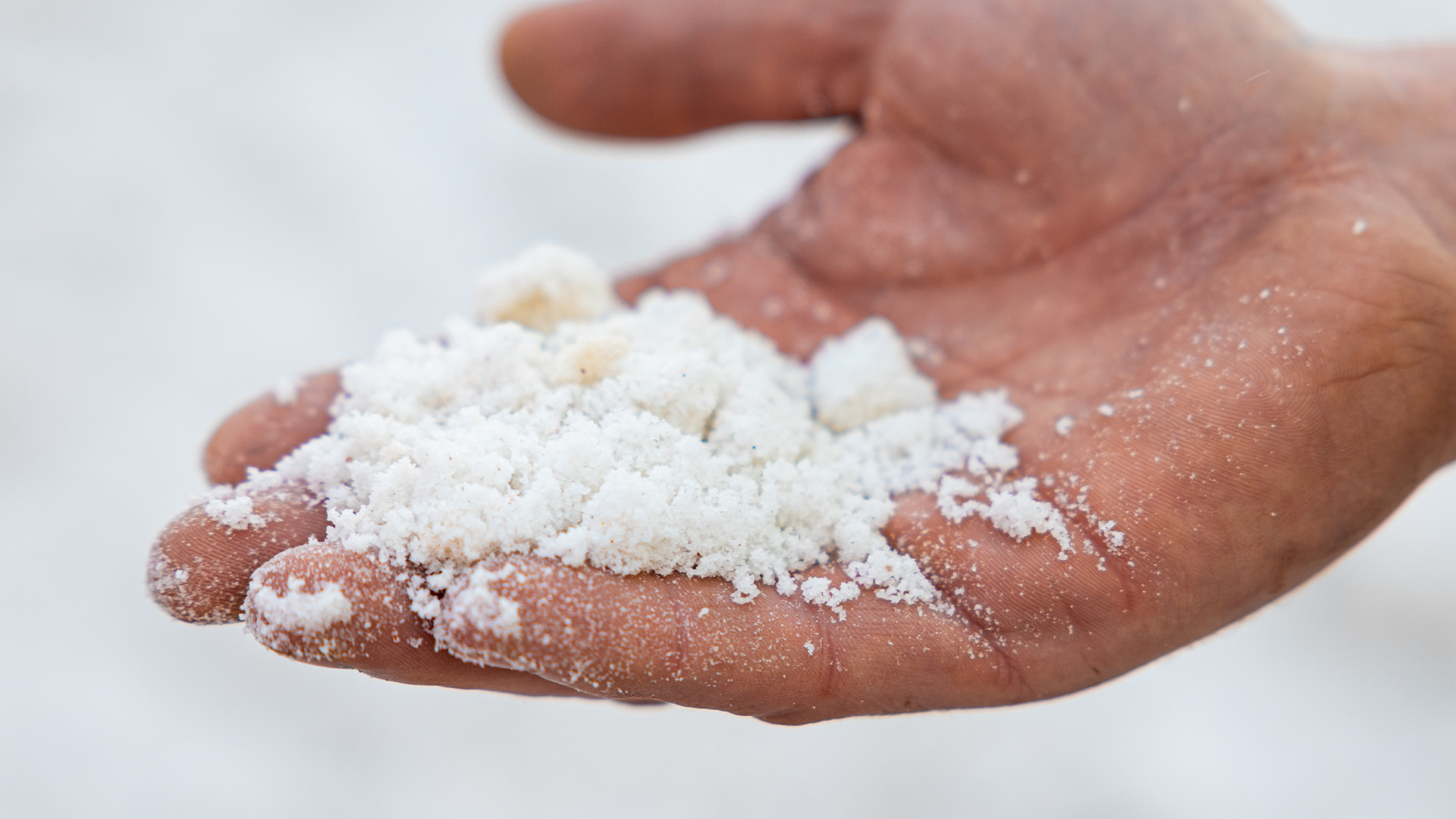
Starting with size, their materials start from a -1mm, a sort of bony sand through to 14mm pebble, the 2-4mm pebble is the largest size for pool linings. The different sizes of pebble contribute to different looks of pool linings made with the material. Oversized material of 4mm+ is commonly used in landscaping and is also exported.
In terms of colours, from their various extraction sites, ISA offers two distinctive products. Their ubiquitous "Arctic White", reflecting an aqua blue colour and Greystone, their second most popular product, reflects a light jade green colour; although called Greystone, it's still relatively light in colour and high in silica.

From Southland, ISA also supplies Ebony, Jade and Otara Gold, each with slightly different properties and more of a decorative stone than the colour changing offerings of Arctic White and Greystone.
How it's made: Extraction
Extraction takes place at separate sites. The 'Greystone' product, their second most exported product, a small naturally occurring pebble, is found about a meter under the top layer of clay.
.jpg)
Located amongst the rolling Southland countryside, the white silica material is located in large seams underneath fertile paddocks. Composed of sub 20mm raw material in clay, the extraction site requires some pre-processing for efficient separation and transport.
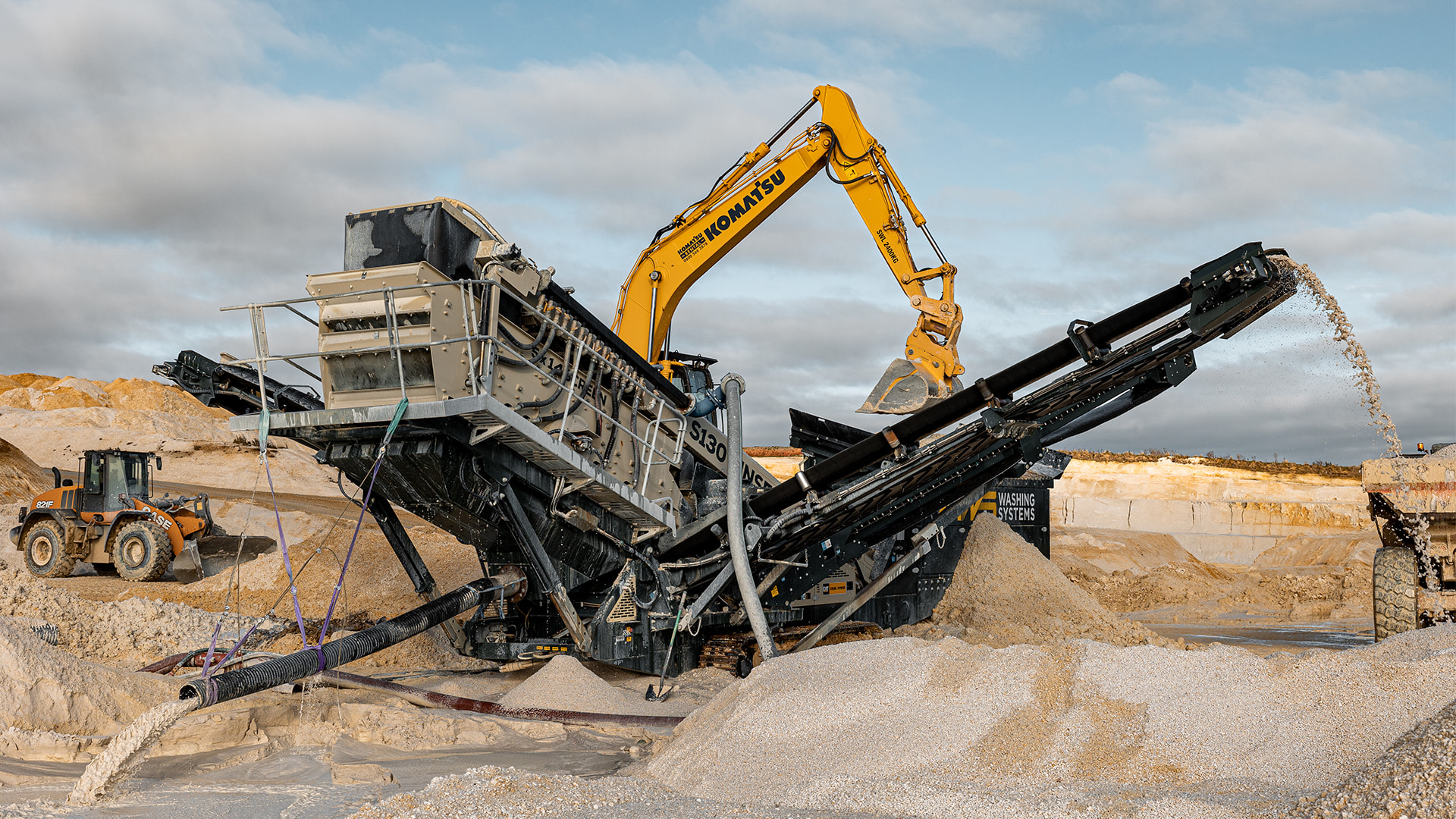
Processes are carried out at each site to help pre-sort and wash the material of contaminants for transport to ISA's processing and packing facility. ISA uses wash screens like the MWS S130 to screen the material to the size required, removing the reject undersize, sands, silts and clays present. The wash screens are crucial here as this drastically reduces weight and therefore transport costs.
How it's made: Crushing and Screening
Once delivered to the processing and packing facility, the material is stockpiled, ready for the next 'run'. Since not all of ISA's products are processed at once, they wait for enough material to be stockpiled, ready for a large 'run'.
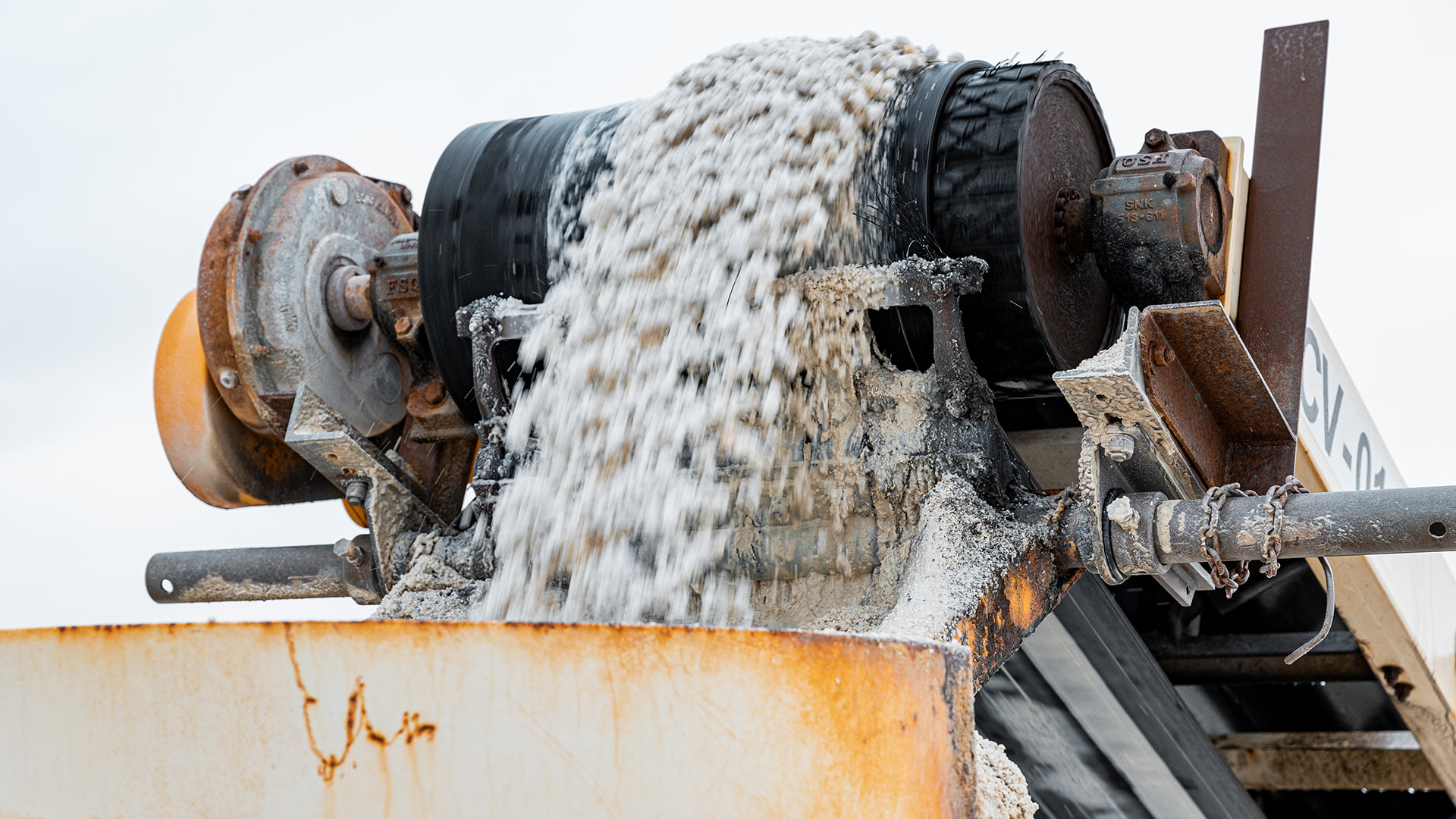
A 'run' is more than just reconfiguring the crushing and screening plant; the material specification they need to achieve requires the entire plant and surrounding area to be washed down and cleared, so no cross-product contamination occurs.
ISA uses fixed plants for processing their materials, both of a similar build to produce their 1-4mm product range. The larger plant looks after the Artic White product, and the smaller plant produces the Greystone product; having separate plants reduces downtime when changing runs.
The sub 20mm material is run through the plant, first entering the Barmac for crushing, then a triple deck wash screen. The wash screen aids recirculation with oversized material going back to the Barmac for crushing, mid-sizes travel through the screen and off a conveyor ready for drying and final sizing, the fines exit off another conveyor.
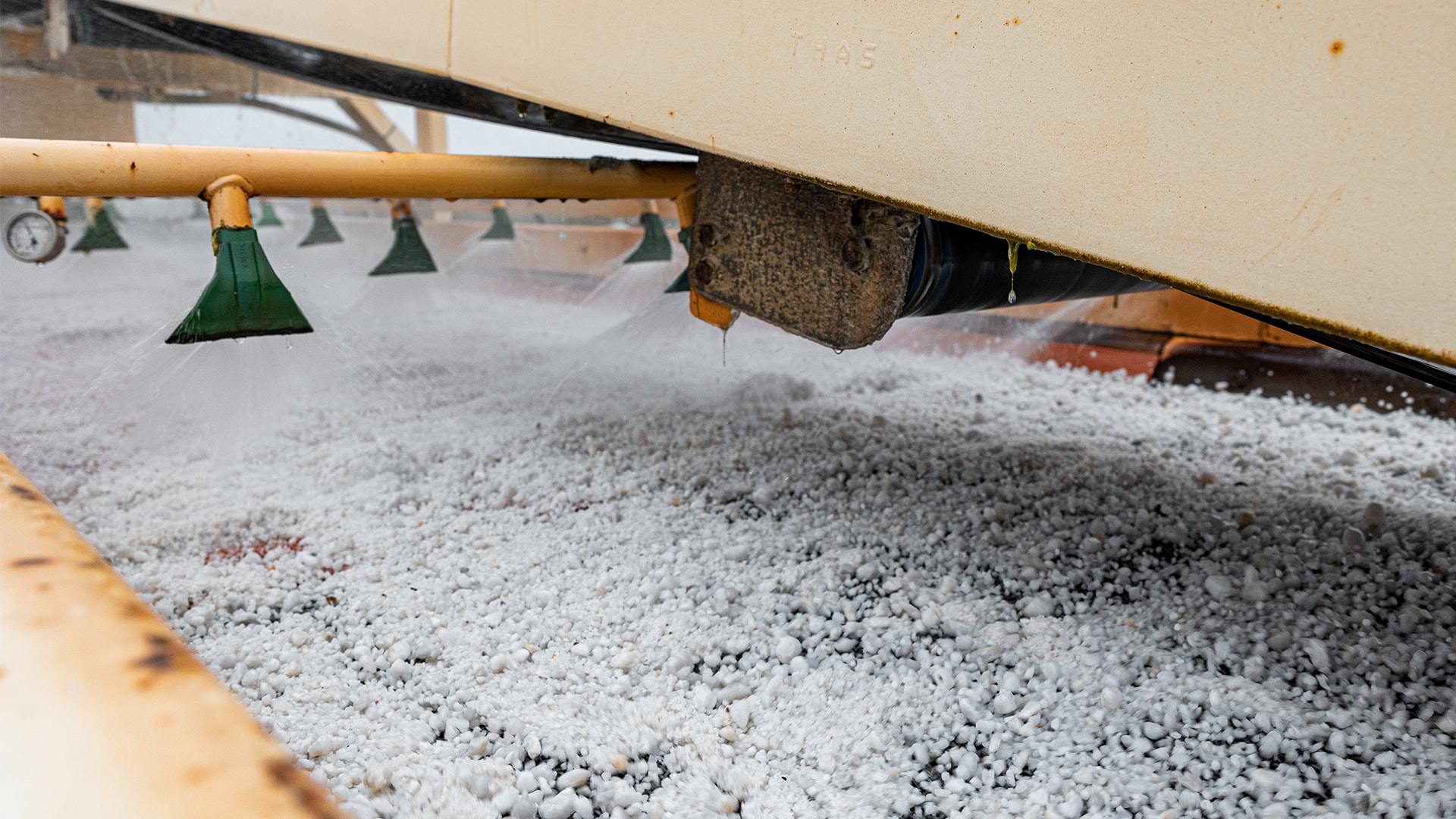
It's a challenging production method; as Richie says, "everything needs checking throughout the process; if there's even a hole in the mesh, it can really disrupt production. We aim for precision over throughput as perfect sizing is what we're after."
Due to the exacting specification required for these products to be used as pool linings, Richie and his team have developed a testing system to mitigate any non-passing product from making it to bagging.
Sieve samples of the pre-packaged product are analysed twice daily for comparison. Any discrepancies will reveal if a screen has developed a hole or if something in the crushing process needs adjusting. As all bags are serialised, any contaminated material can be reprocessed or removed.
How it's made: Final Sizing and Export
Processing doesn't stop once it's been through the crushing and screening plant. It goes through one last process before it's ready for export.
The wet sized material is then loaded into a hopper in the warehouse. From here, it's dried through a trommel drier and sized via a dry triple deck screen.
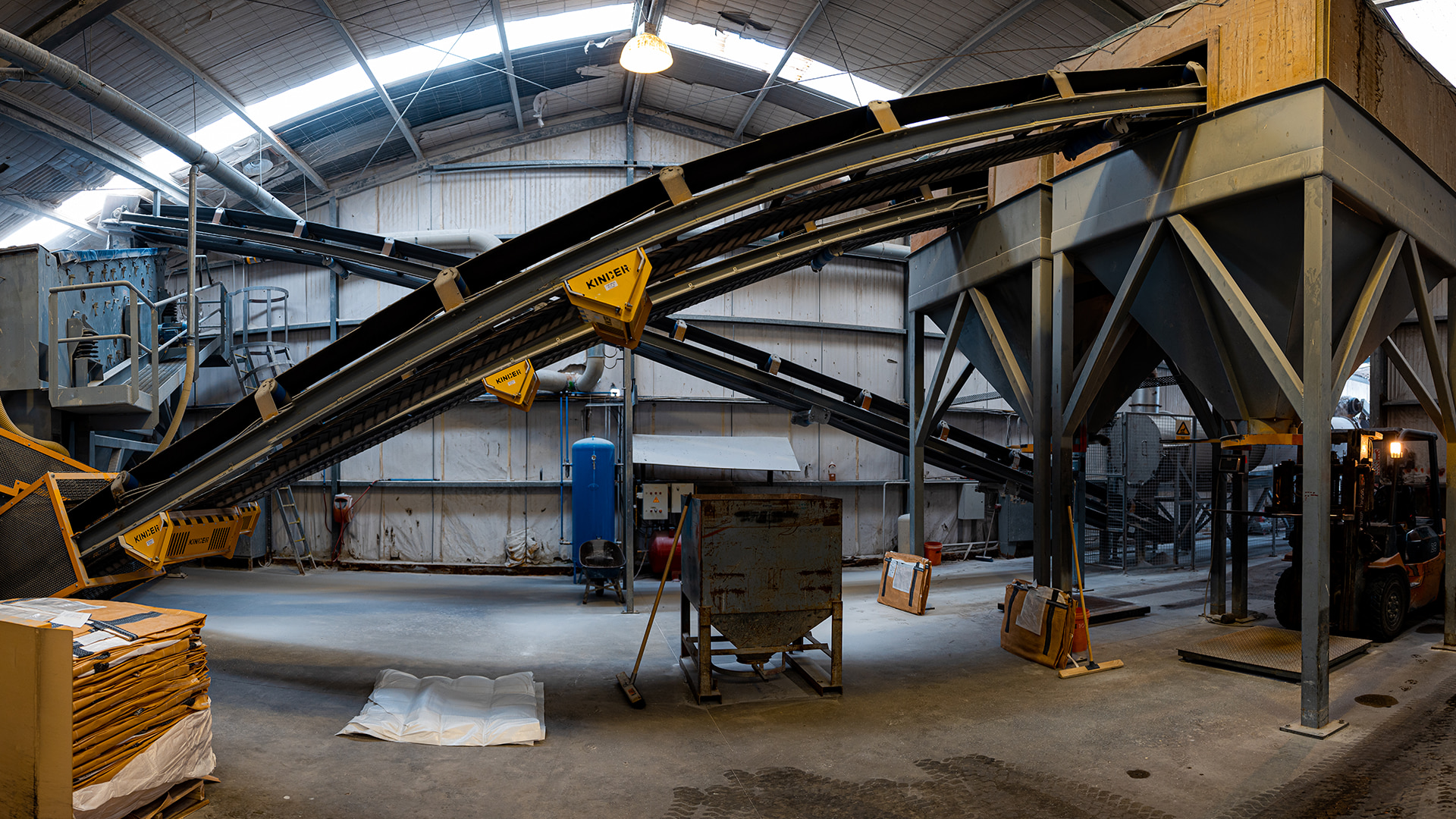
The bone dry products flow nicely over the screen, separating it into 1-2mm and 2-4mm products with the out of spec size put aside into another hopper.
The sizing is so strict that the screens have a tolerance measured in microns or .1 of a millimetre. Each day during bagging, sieve tests are done on the material to ensure it continues to meet specifications.
From start to finish, only a portion of the extracted material makes it to export.
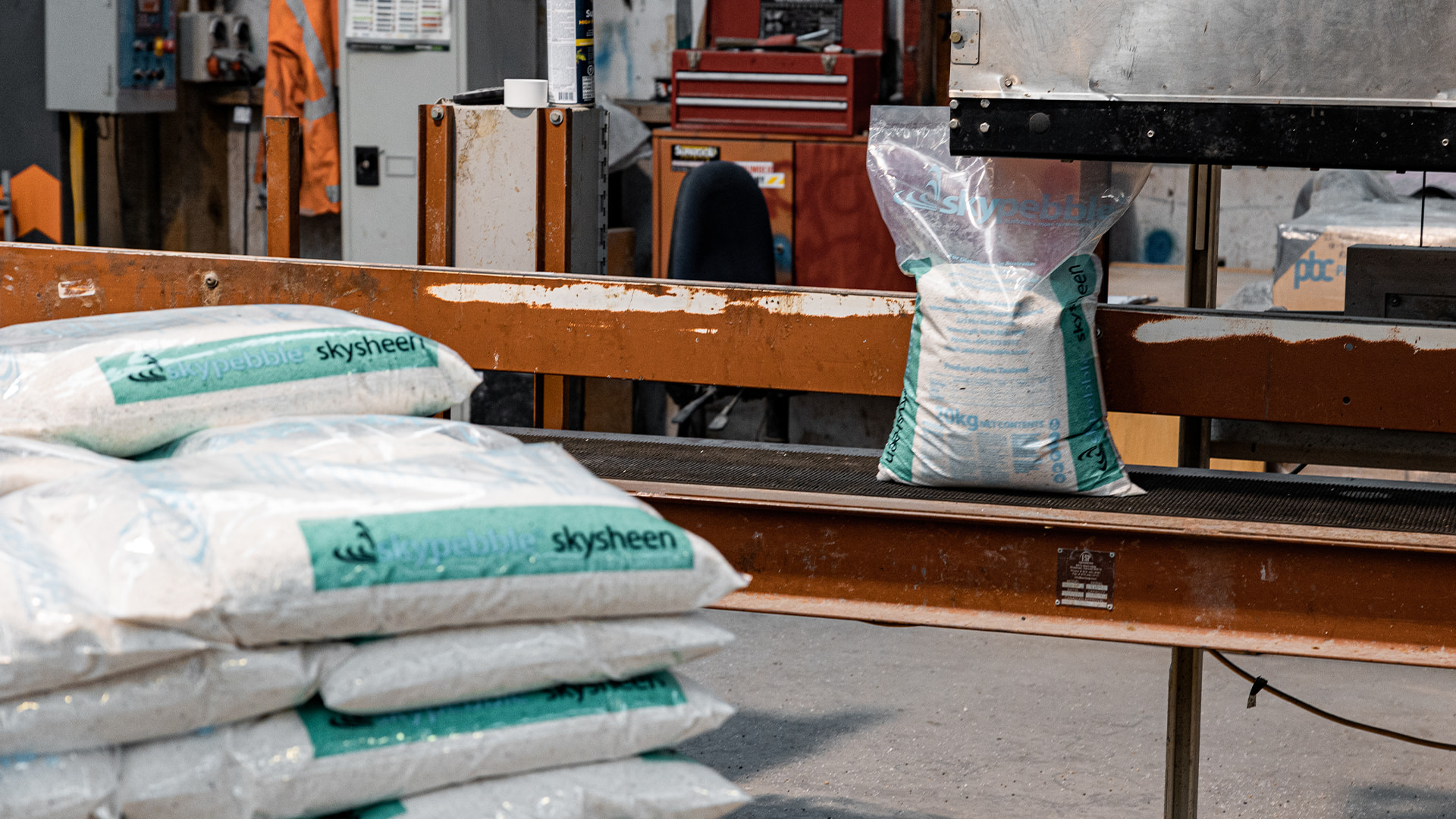
The export-ready product is now bagged, serialised and warehoused, ready for the next shipment. ISA distributes the material in Bulk Bags and 20kg bags that have been palletised and shrink wrapped to one tonne on a pallet.
Orders are exported using 20-foot containers with specially made pallets used to make full use of the space in the container for the dense, heavy material.
How it's made: Challenges
ISA exports pebbles to build flagship pools in a variety of styles and finishes. The premium end-use and demands from suppliers mean ISA can make no mistakes during production, and the strict spec places precision above production.
ISA makes sure to thoroughly train staff on what to look for when running the various plant and have the best gear at their disposal to combat these challenges.
ISA upgraded their wash screen last year to help improve their material efficiency and decrease the transport cost by reducing how much reject material makes it into the screened product.
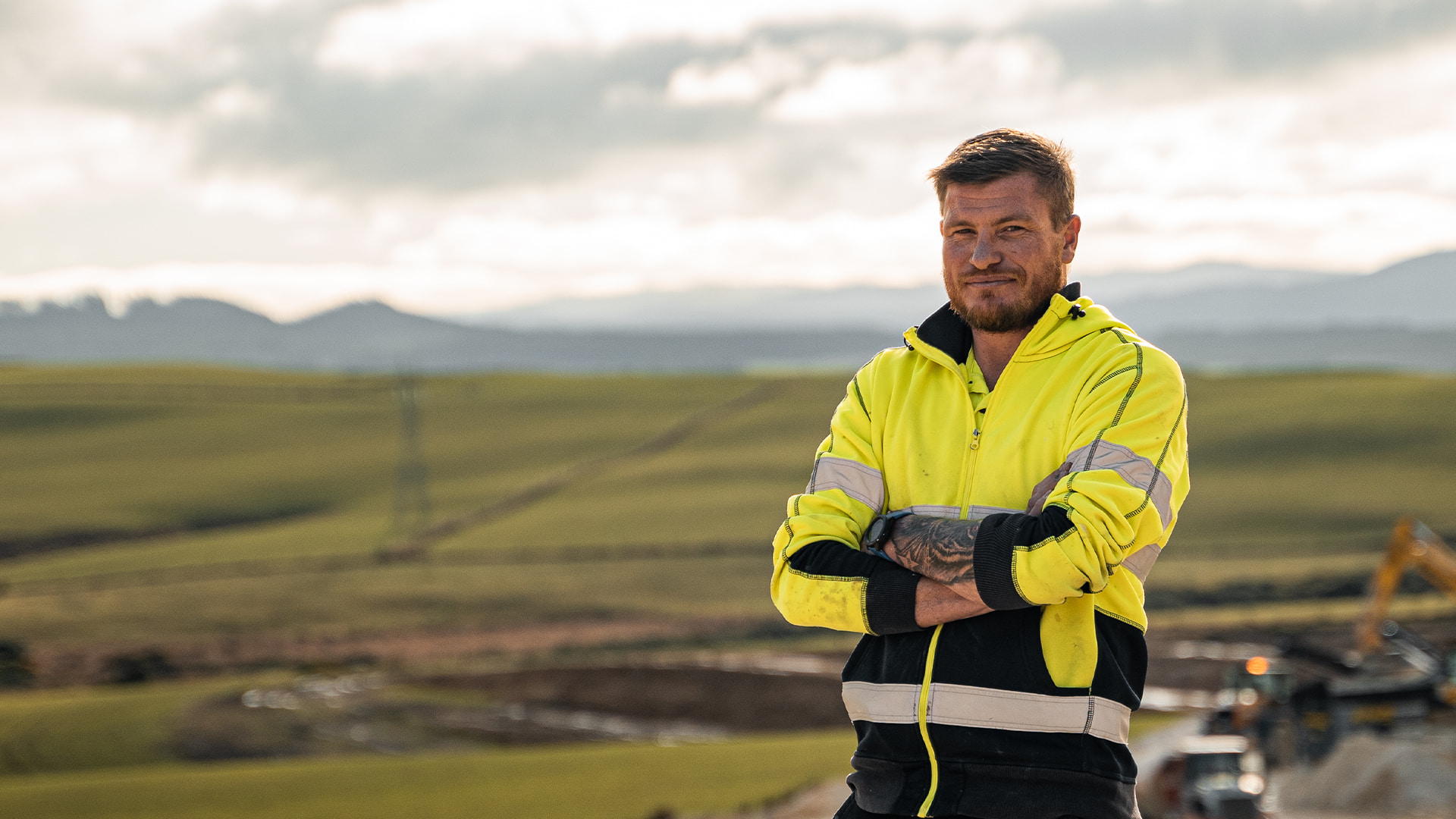
The MWS S130 fulfils the primary screening and washing plant role, and Richie has noticed a positive bottom-line difference since its deployment. The S130 has lowered the amount of reject material passing into the final product, improved the removal of clay and silt from the white silica stone and increased production throughput without a loss in precision. Richie estimates they are recovering more passing product than their previous process and removing more non-passing product per truck.
"The ability to shift between a 2-way and 3-way split using all 3 decks has been really beneficial. The S130 also has a belt reverse, so we can change which conveyor the material is exiting from. This has improved site efficiency and helps us with the positioning of other plant as we maintain the site."
Made ONLY in New Zealand
This small and unique stone product is found only in New Zealand, being one of the world's brightest naturally occurring white stone products.
Who knew that at the bottom of the South Island was an aggregate product so sought after that tonnes of it get shipped the world over to build the most sophisticated pools and fill bunkers at the most exclusive golf courses.


